A 341 bus ride to Lordship Lane and a short walk across Bruce Castle Park brings you to one of the most charming corners of Tottenham and, indeed, Haringey. Nestled between the park and the enormous Tottenham cemetery is the parish church of All Hallows, which has been the site of a church since the 12th century when King David of Scotland bestowed a church upon Tottenham and its people in 1124. Parts of the current church date from the 14th century, with Tudor and Victorian additions and a little bit of 18th century at the top of the tower.
This little sculpture of King David was added in the 1930s, his wife Maud decorates the other side of the door.
Three ages of building: Tudor, 14th century and Victorian.
Surrounding the church is the parish graveyard, a pre Victorian churchyard falling into rack and ruin a little, but nevertheless full of small pleasures for the lover of funerary history. We were led on a walk by Deborah Hedgecock, curator at Bruce Castle Museum on a cold Monday, hoping the rain would hold off (it did). Despite the chill, our party of twenty or so had a lovely time poking around the tombs and gravestones of old Tottenham.
There is much to discover there, but I will concentrate on three discoveries which were of particular interest to me. The first was the tomb of Margaret Lydia, daughter of the Ettrick Shepherd which the Scottish and/or literary types amongst you will recognise as James Hogg. How one of his four daughters ended up in Tottenham is not clear but since it is clearly marked who her father was, Margaret was obviously well known as his child. Sadly, she died young, aged 22 and her elegant tomb can be found on the North side by the church wall.
The second grave was a reminder of the terrible infant mortality suffered before our age of vaccination, scientific advance and universal health care. A grave maintained by Andrew and Elizabeth Johnson contained the bodies of their 10 year old child, and two babies aged 18 and 20 months. This grave is surrounded by similar ones, as whole families are laid to rest often before their grieving parents.
You are also reminded that mothers often followed their infants to the grave following childbirth when you stumble upon this grave of a young mother Ann Deacon (click the link to see a portrait of her by Constable), part of the Quaker family headed by William Hobson of Markfield House, builder of the Martello towers in Napoleonic times. Ann died at 24 at the same time as her infant son.
Many of the graves are too worn away now to read but my third discovery was a small grave on the ‘angel’ side of the churchyard, the South, with a single word Xaipe on it. My classics teacher, OAE, came to my rescue with the translation “rejoice, be happy!” which is a greeting in both Classical and Modern Greek. OAE notes that the 'X' is pronounced 'Chi' as in loch. A simple and elegant epitaph, wouldn’t you agree?
This is a lovely place, with great ancient yew trees, alive with birdsong and full of wild flowers. Stepping back widdershins around All Hallows church from the North, you half wonder whether you’ll find the 21st century back on the south side, or perhaps there will be a few sheep grazing, wandered in from the open fields, and a couple of watchmen keeping an eye open for bodysnatchers.
A short pause to pay your respects at the exquisite and touching Celtic Cross war memorial raised for a son lost at the battle of the Somme and a last look at the Priory, now a vicarage, but once a 16th century farmhouse before heading home (via the wonderful Marmalade cafe in Lordship Lane for a cake and coffee if you have time).
The graveyard needs friends. If you are interested and able to help out in any way with documenting the graveyard then I’m sure Bruce Castle Museum would love to hear from you. I also met Dave Morris on the walk who is resurrecting (pardon the pun) the Friends of Tottenham Cemetery. Look out for further details of that in the near future.
If you’re not too squeamish, Catharine Arnold’s book Necropolis: London and its Dead is a must read.
Click any photo to view larger. More photos on Flickr
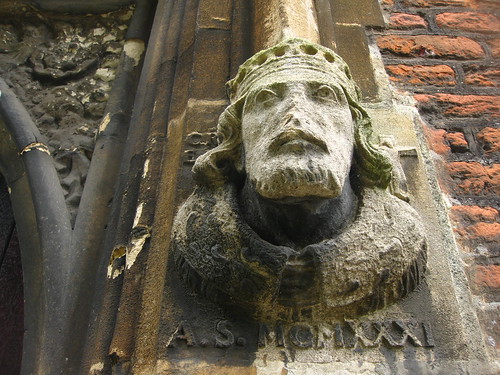
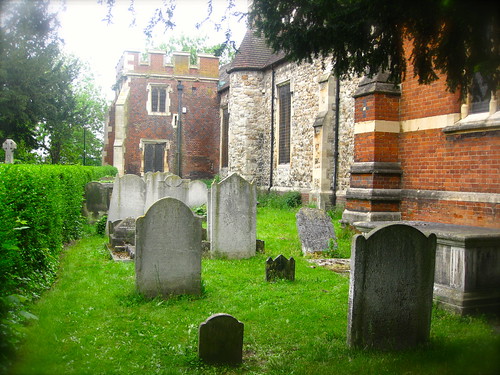
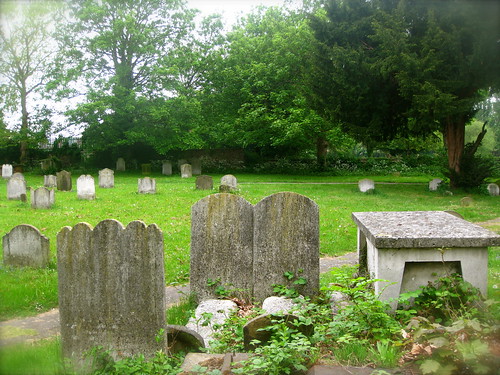
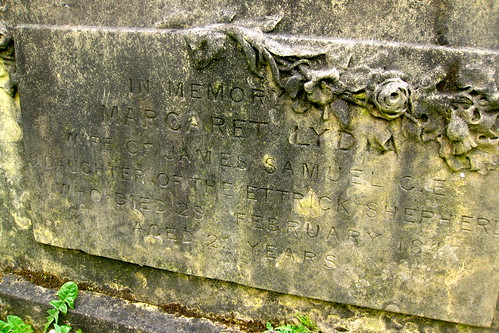




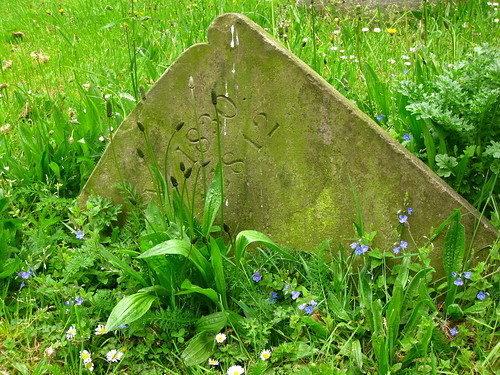
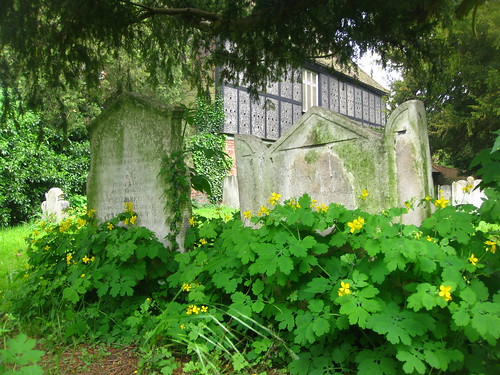
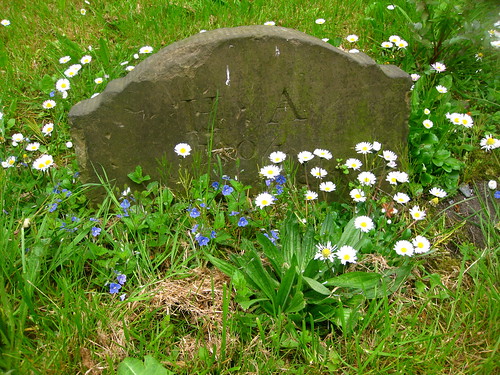
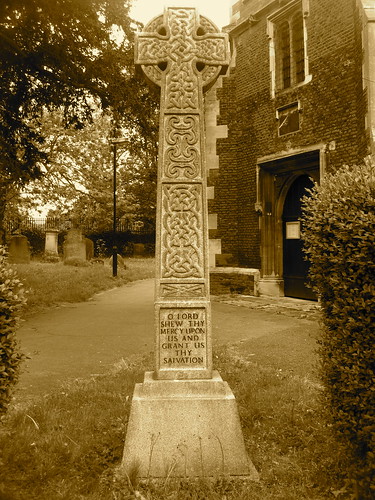






No comments:
Post a Comment